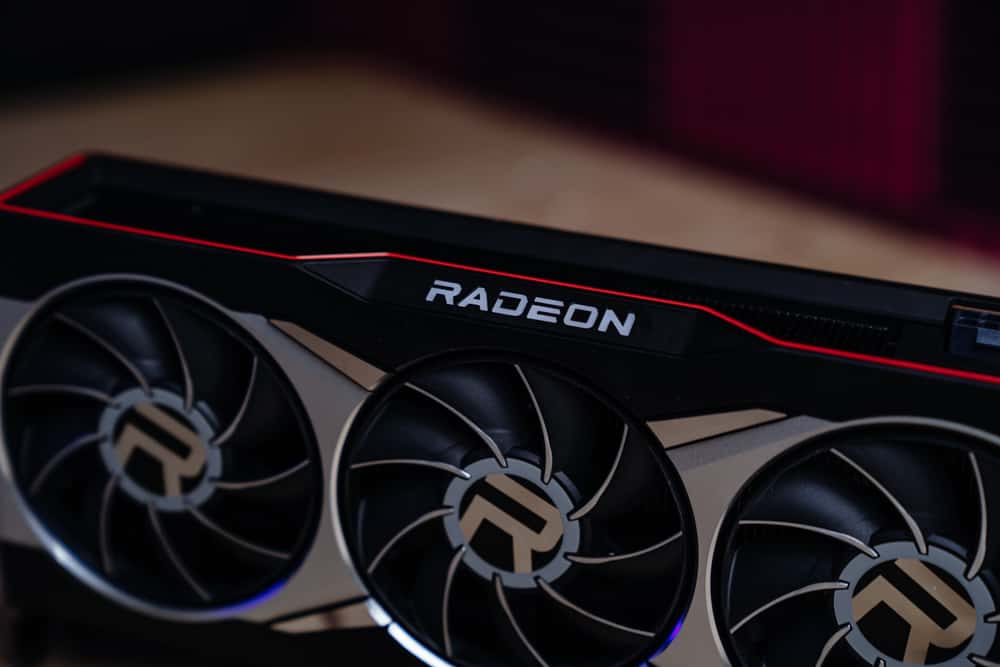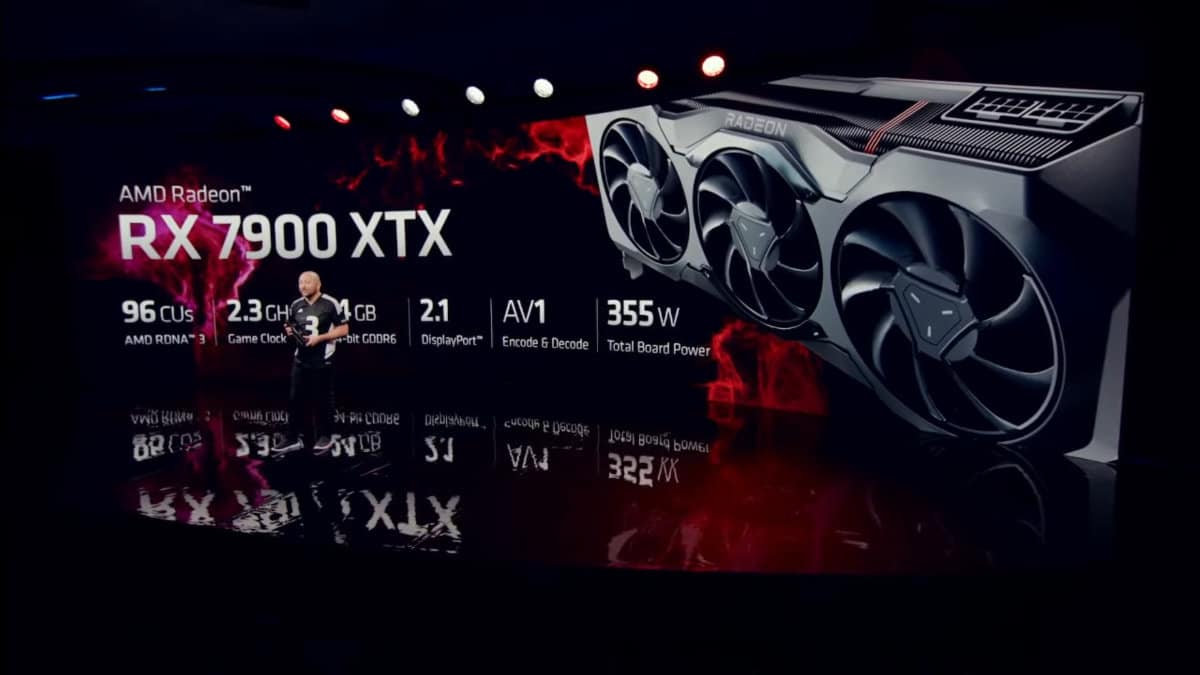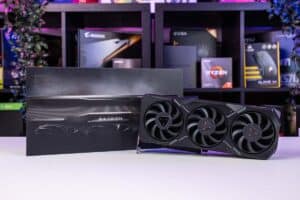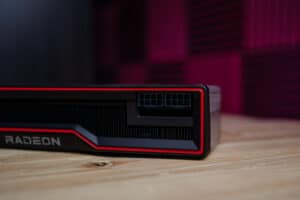Why is AMD not using GDDR6X?
Why is AMD opting to not follow Nvidia with faster VRAM?

WePC is reader-supported. When you buy through links on our site, we may earn an affiliate commission. Prices subject to change. Learn more
The first graphics cards that use AMD’s new RDNA 3 architecture are the RX 7900 XTX and 7900 XT, which are part of the company’s next generation of graphics cards. By using a chiplet design, they are comparable to the company’s Ryzen processors.
People have eagerly awaited AMD’s upcoming line of graphics cards to see how it would fight Nvidia’s most recent RTX 4000 series GPUs. The company’s flagship, the RX 7900 XTX, is advertised as being up to 1.7 times quicker than the RX 6950 XT card it currently offers for 4K gaming.
It contains 24GB of GDDR6 memory, and 96 compute units with a 2.3GHz clock speed. It also includes a 384-bit interface. Here, AMD seems to be primarily concerned about performance per watt.
Though it consumes more power than Nvidia’s basic RTX 4080, AMD may have an efficiency advantage here with a power of just 350 watts as opposed to the 450 watts on the RTX 4090.
The RX 7900 XT is a less powerful choice; it has 20GB of GDDR6 memory operating at a little slower 320 bits and 84 compute units running at 2GHz, along with a board power of 300W.
In terms of not using the faster spec its because it consumes less power, the manufacturer claims that it is employing GDDR6 memory rather than GDDR6X for both cards. Both cards will need two standard 8-pin connectors, so you won’t need to utilize any special connectors or adapters.
For the 4090, Nvidia used a new 12VHPWR connector, which has since faced a melting issue, a problem that the firm is still looking into. That is why AMD rejected the more power-hungry high-speed modules. Instead, the company is aiming for efficiency improvements with its new RDNA 3.
And with the rising cost of power, it is a much better choice for it. With both lower price and running costs.







